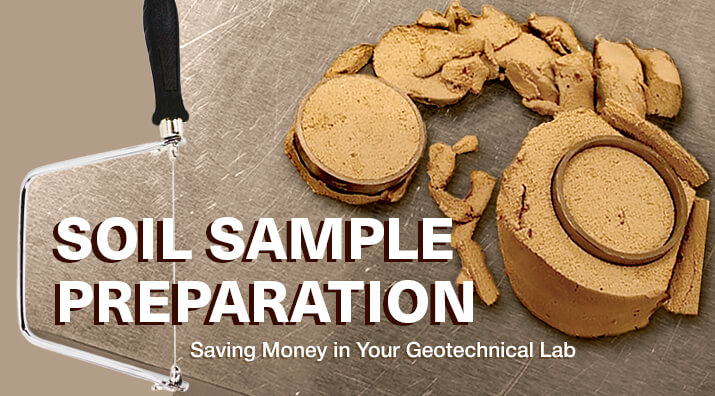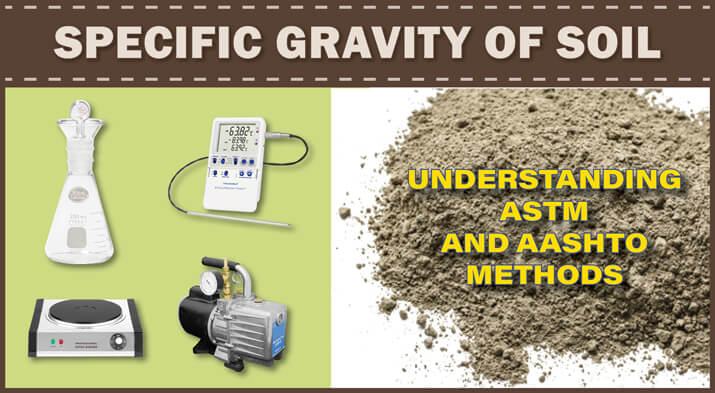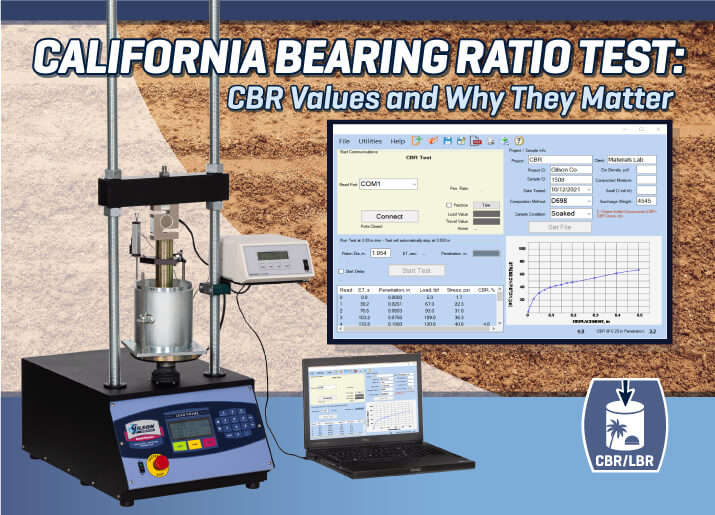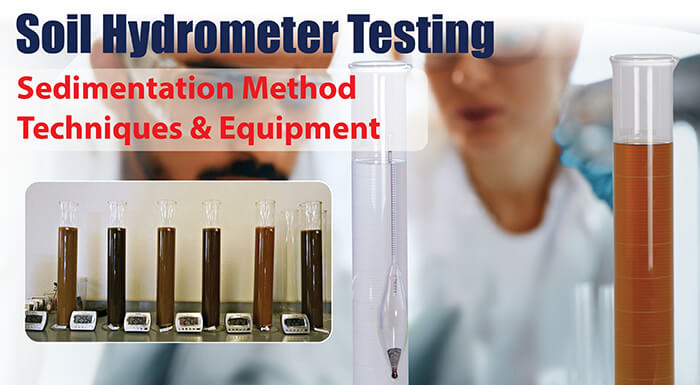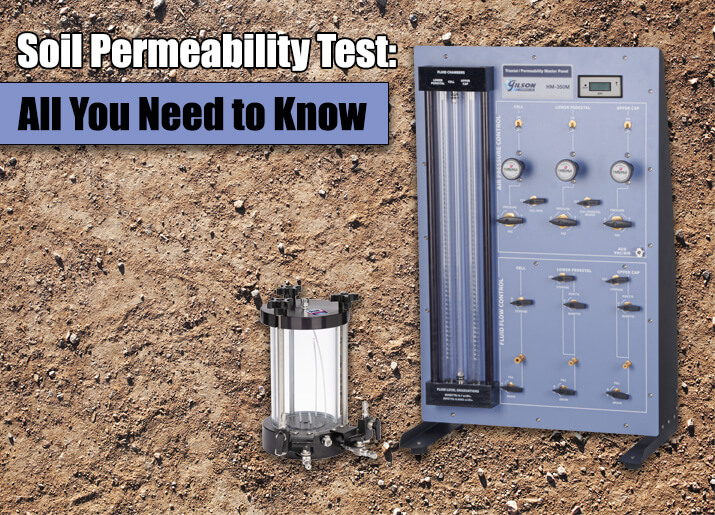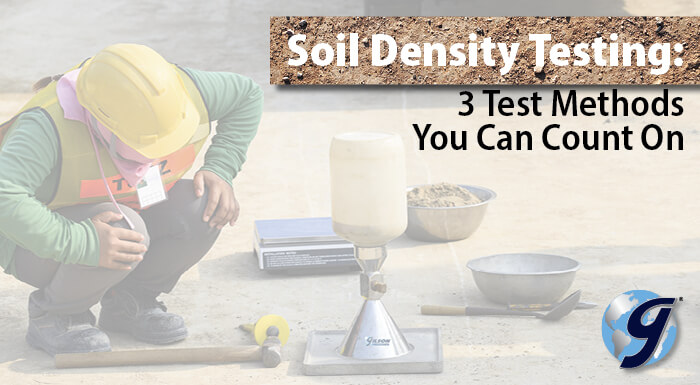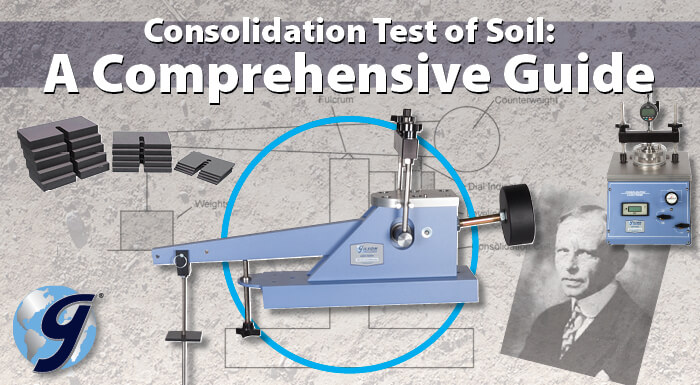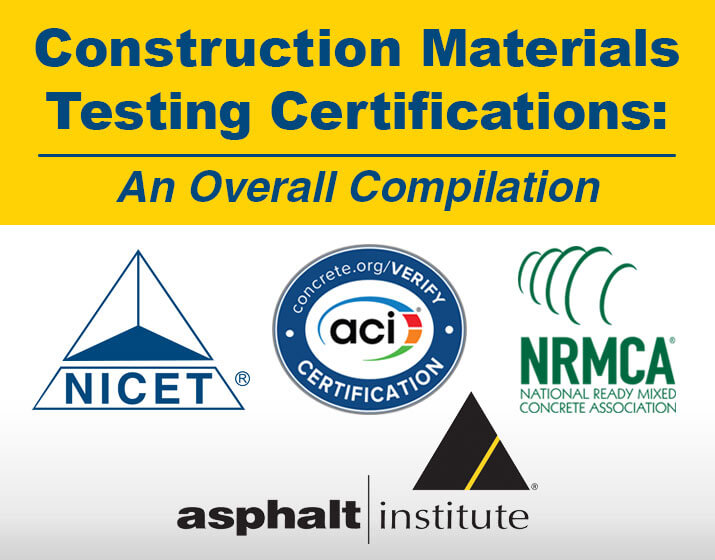With a little thought and planning, you can avoid duplicating the equipment needed to perform many sample preparation tasks. Many ASTM and AASHTO soil tests performed follow similar techniques and use the same or similar equipment to set up samples for your soil testing.
- Log in
- Favorites List
-
Shopping Cart
You have no items in your shopping cart.
Blog posts tagged with 'Soil Testing'
Have questions about your materials testing equipment? We have the answers to these questions and much more right here! Check back monthly for long-form blog posts, how-to guides and infographics. We’ll address industry insights, the operation and maintenance of specific equipment, and our product line recommendations, all designed to better serve you.
Bookmark this page, add it to your RSS reader, or subscribe to our newsletter, so you never miss a hot topic.
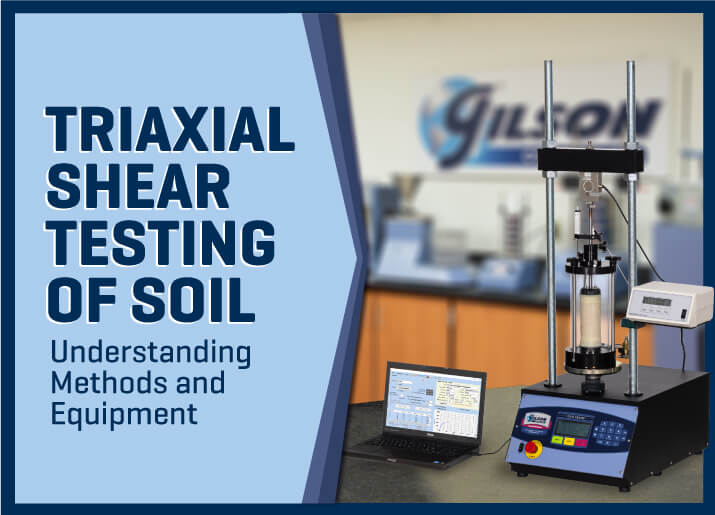
This month's blog discusses the triaxial shear test of soil. It focuses on three different test methods, all with variable requirements based on soil types and properties of individual specimens.
In this month's blog post we discuss the equipment and procedures that are used to perform the ASTM and AASHTO test method for Specific Gravity of Soil Solids.
In this blog post we discuss why it is important to perform strength tests of soil subgrades for pavement design, and also review what is needed for each type of test method whether it be in the lab or out in the field including the DCP test.
Measuring the particle size distribution of fine-grained soils like clay and silt is best performed using the soil hydrometer test. In this blog post, we provide some guidance from sample prepping to performing the test procedure by following the ASTM D7928 standard test method.
In this blog, we briefly discuss what soil permeability (hydraulic conductivity) is and detail what equipment can be used for a wide array of soil permeability tests.
Proper soil compaction increases strength and stability resulting in successful structures and pavements. This blog will discuss the various means of testing soil compaction, which methods are suitable for your project, and the importance of having the right personnel in place.
In this blog, we will highlight the range of equipment available to perform this fundamental test method. ASTM test method D2435, and its AASHTO equivalent T 216, are the most common one-dimensional soil consolidation tests carried out today.
Over the past several months, we have explored various materials testing technician certifications and what it takes to achieve them. This final summary blog in the series includes what’s new, schedules for 2018 programs and testing, and a downloadable PDF Resource List. As any additional information becomes available, we will update the blog series accordingly.
Ready to dig into what it takes to earn a soil technician certification? This blog post provides information on soil/geotechnical materials testing certifications and the resources that are available to help get you there.
- 2025
- 2024
- 2023
- 2022
- 2021
- 2020
- 2019
- 2018
- 2017
- 2016
- 2015
















